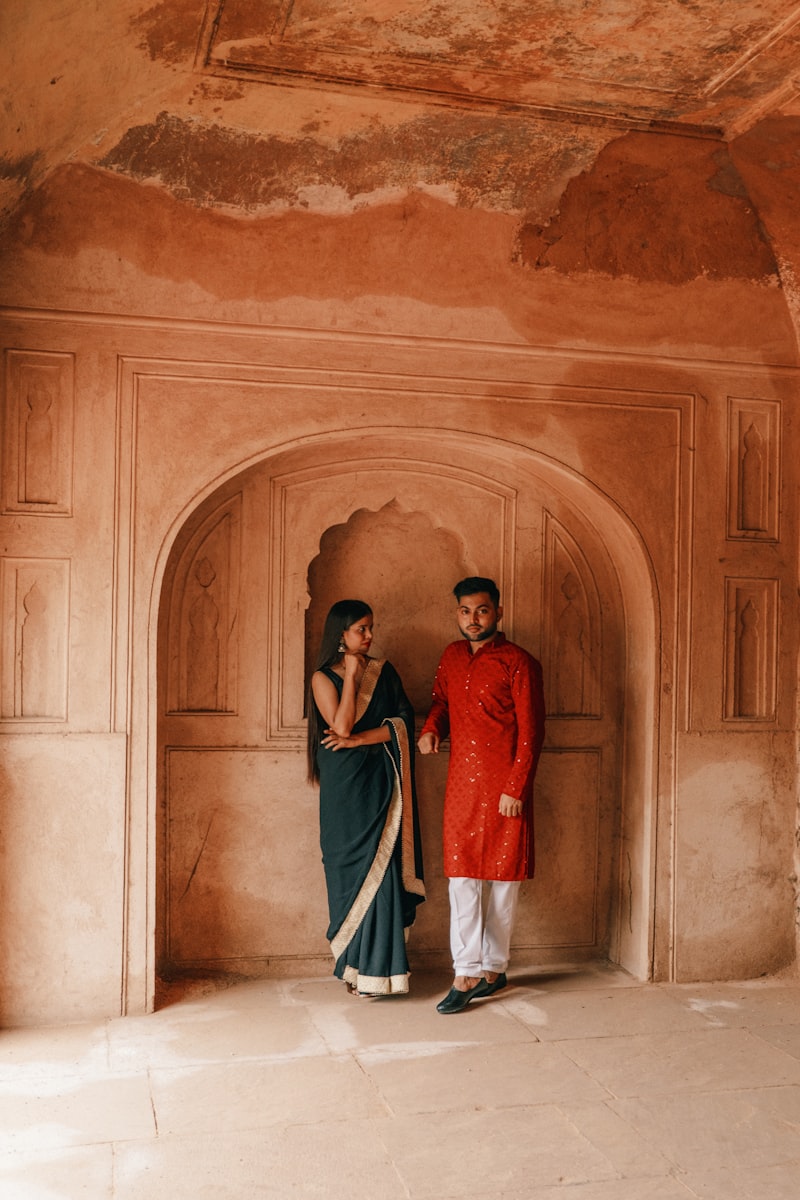Cultural Transformations in Wedding Attire: A Global Perspective
Cultural Transformations in Wedding Attire: A Global Perspective
Understanding the Evolution of Wedding Attire Across Cultures
Weddings have always been significant milestones in people's lives, serving as a vital expression of cultural identity and individual values. One of the most visible aspects of this celebration is the attire worn by the couple and guests. Over the years, wedding attire has undergone remarkable transformations, influenced by factors such as globalization, shifting societal norms, and the blending of traditions. In this article, we will explore the cultural transformations in wedding attire, examining key elements that have shaped its evolution across different societies.
The Influence of Cultural Heritage on Wedding Attire
Wedding attire is often a reflection of cultural heritage. In many cultures, traditional garments symbolize values, history, and social status. For instance, in India, brides may wear a vibrant red or gold saree, adorned with intricate embroidery and heavy jewelry, representing auspiciousness and prosperity. In contrast, Western brides often opt for white dresses, which symbolize purity and new beginnings. This cultural disparity showcases how wedding attire is deeply rooted in tradition.
| Culture | Traditional Attire | Symbolism |
| India | Saree or Lehenga | Prosperity & Tradition |
| Western Countries | White Dress | Purity & New Beginnings |
| China | Qipao or Wedding Gown | Good Luck & Prosperity |
| Middle East | Elegant Gowns/Traditional Attire | Tradition & Elegance |
Globalization and Its Impact on Wedding Attire
The advent of globalization has significantly influenced cultural traditions around the world. Couples increasingly draw inspiration from various cultural practices, incorporating diverse elements into their wedding ceremonies. For example, it is now common for couples in Western countries to include traditional African or Asian attire in their weddings, creating a fusion of styles that represents their unique backgrounds. This blending of cultures results in a rich tapestry of fashion that defines modern weddings.

The Rise of Non-Traditional Wedding Attire
As societal norms evolve, we are witnessing a growing acceptance of non-traditional wedding attire. Many couples are choosing to express their personalities through unique clothing choices, veering away from conventional dresses and suits. Whether it's a brightly colored gown, a tailored jumpsuit, or even casual wear, these non-traditional options allow for individuality while celebrating love. This shift reflects a broader trend towards inclusivity and self-expression in wedding cultures.
Environmental Considerations in Wedding Attire
Another notable transformation in wedding attire is the increasing focus on sustainability. As awareness of environmental issues rises, couples are seeking eco-friendly options for their weddings. This includes sustainable fabrics, ethically sourced materials, and renting or reusing wedding attire to reduce waste. In addition, many designers are now creating collections focused on ethical practices, making it easier for couples to make sustainable choices. This growing trend demonstrates an evolving understanding of responsibility towards the planet.
Regional Variations in Modern Wedding Attire
While globalization has brought diverse influences into the wedding industry, regional variations still play a significant role in shaping wedding attire. In Japan, for instance, traditional Shinto ceremonies may feature elaborate kimonos, while Christian ceremonies often involve Western-style dresses. Each region has unique elements, fabric choices, and colors associated with its cultural practices. Understanding these regional differences enriches the overall appreciation of wedding attire worldwide.
Emerging Trends in Wedding Attire
As we move forward, several emerging trends are reshaping wedding attire. Couples are increasingly opting for bespoke outfits that reflect their unique styles and stories. Customization enables individuals to work with designers to create garments tailored to their preferences, ensuring their wedding attire is unlike any other. Additionally, the popularity of elopements and destination weddings is driving couples to choose outfits that are practical yet stylish, suitable for various settings, from beaches to mountain tops.
The Role of Social Media in Wedding Attire Trends
Social media platforms have revolutionized how couples plan their weddings. Nowadays, brides and grooms turn to Instagram, Pinterest, and TikTok for inspiration on wedding attire. Influencers showcase stunning and innovative clothes that inspire couples from different backgrounds. The rise of hashtags related to wedding attire allows couples to find diverse styles and create personalized looks for their big day. As a result, the influence of social media is undeniable in contemporary wedding culture.
Conclusion: Embracing Change in Wedding Attire
In conclusion, the cultural transformations in wedding attire reflect society's shifting values, globalization, and personal expressions. As we celebrate love through unique clothing choices, it's essential to acknowledge and respect the cultural heritage that informs these styles. Couples today have the freedom to blend traditions, choose sustainable options, and express their individuality through their attire. Whether rooted in tradition or influenced by modern trends, wedding attire will continue to evolve, making each celebration a memorable and distinct experience.
Ultimately, when planning a wedding, couples should consider the significance of their attire in relation to their cultural background. Balancing tradition with modernity allows for a deeper connection to heritage while embracing new ideas. As you embark on your wedding journey, remember to celebrate love in a way that feels authentic to you and your partner, creating a beautiful narrative through your wedding attire.
